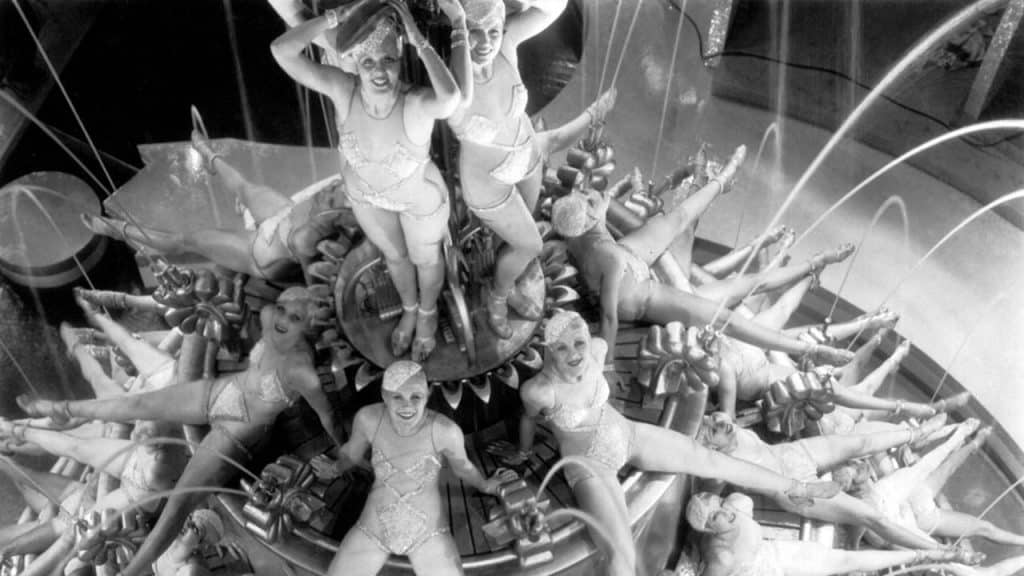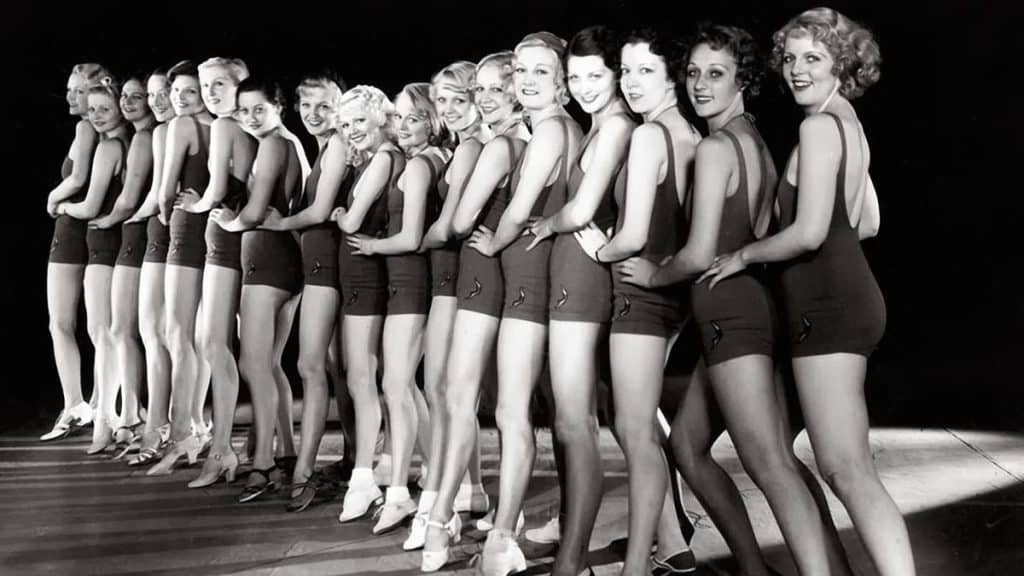The 1933 musical “Footlight Parade” remains a quintessential example of early Hollywood’s ingenuity and flair. Directed by Lloyd Bacon and choreographed by the legendary Busby Berkeley, the film showcases a dynamic blend of music, dance, and storytelling, capturing the essence of an era defined by its creativity and resilience.
Released during the Great Depression, “Footlight Parade” offered audiences an escape into a world of exuberance and spectacle. The film stars James Cagney as Chester Kent, a struggling Broadway director who turns to creating elaborate musical prologues to revive his career. His journey is marked by innovation and determination, traits that resonate with many during the economic struggles of the 1930s.
Busby Berkeley’s choreography is arguably the most memorable aspect of “Footlight Parade.” Known for his kaleidoscopic and geometric dance patterns, Berkeley transformed musical numbers into visual extravaganzas. Numbers like “By a Waterfall” and “Shanghai Lil” are not just performances but cinematic experiences, showcasing Berkeley’s unparalleled ability to merge dance with visual artistry.

“Footlight Parade” is more than just a film; it’s a cultural artifact that reflects the social and economic context of its time. It highlights the era’s fascination with spectacle and the arts as a form of escapism. Furthermore, the movie’s innovative techniques and grandiose set pieces have influenced countless filmmakers and choreographers, cementing its legacy in cinema history.
Upon its release, “Footlight Parade” was both a critical and commercial success. Audiences were captivated by its vibrant performances and groundbreaking choreography. Over the years, its reputation has only grown, and it is now considered a classic of the musical genre. The film continues to be studied for its technical achievements and its portrayal of the American spirit during a challenging period.
In today’s fast-paced world, “Footlight Parade” serves as a reminder of the power of creativity and innovation. Its themes of perseverance and the transformative power of art continue to resonate. For film enthusiasts, it offers a glimpse into the history of Hollywood musicals and the evolution of cinematic storytelling.
As we explore the legacy of “Footlight Parade,” we see a film that not only entertained audiences of its time but also paved the way for future generations of filmmakers and choreographers. Its impact on the film industry and popular culture is undeniable, making it a timeless piece of cinematic history.

